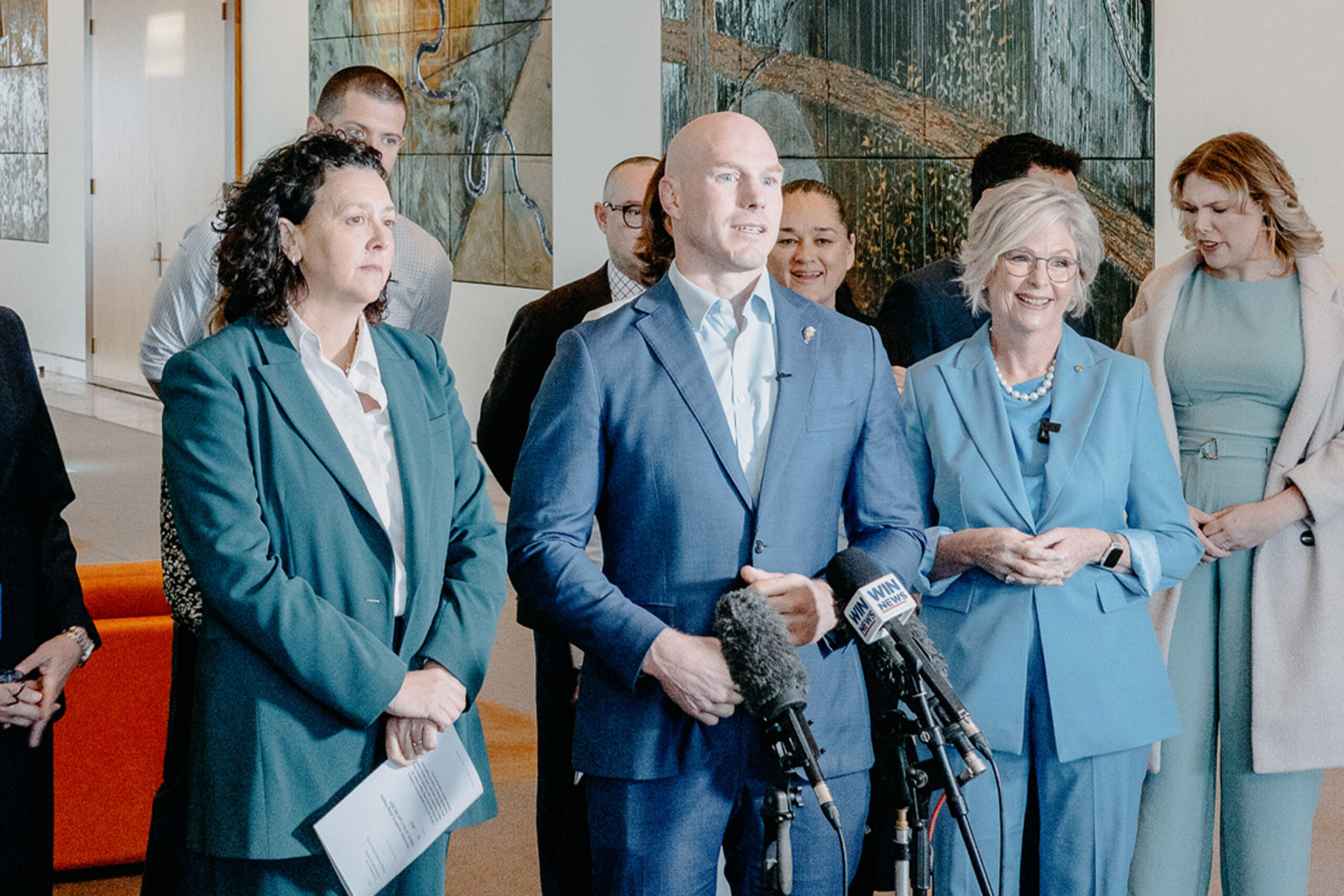The Australian Chiropractors Association and Chiropractic Australia joins in today’s call from Allied Health Professions Australia (AHPA) and with our colleagues in the allied health sector for the Federal Government to commit to an immediate expansion of the Commonwealth Prac Payment (CPP) to include allied health professions such as chiropractic.
Chiropractic students in Australia must complete unpaid mandatory clinical placement, which in many courses additional to weekly student clinic hours, is undertaken in large blocks equating to hundreds of hours across their final years of study. There is often an additional financial burden for students during these block placements, particularly for those on placement away from home, who incur additional and often duplicate costs such as accommodation and transport.
The CPP, which commenced on 1 July, is a welcome step towards supporting the unpaid workload and financial impacts often associated with mandatory clinical placements. However, this initiative excludes most allied health disciplines, including chiropractic, leaving chiropractic students to undertake mandatory placements with additional personal cost and without any additional income support.
With all Chiropractic teaching institutions based on city campuses, and the only regional campus in final year of teaching, chiropractic students report that the cost of placement also influences the decision to select placements closer to home and university. This has created ongoing concern about the long-term effects of reduced accessibility to rural and regional placements.
Rural and regional placements are a key component in building a distributed chiropractic workforce. There is a workforce need in these areas that is further worsened when the health workforce of the future is unable to experience critical and diverse clinical placements due to financial inaccessibility. Studies show that when chiropractic students participate in rural placements, they are more likely to practice in a country setting after graduation, making the accessibility of these placements critical to the future of the rural chiropractic workforce.[1]
As a small profession, we understand how vital rural placement is in the workforce pipeline. The ACA has a history of financially supporting rural student placement programs and student outreach opportunities around the country. This year, we have implemented a rural placement scholarship program to facilitate some placement cost assistance for travel and accommodation to support students placing rurally. We call on the Australian Government to also do their part and help us in securing the future chiropractic workforce in Australia by broadening the CPP to include chiropractors.
We echo the message shared by AHPA today that “every part of the health workforce is critical, and every student should be supported to complete their education without facing financial crisis.”
Read AHPA’s Media Release on their website.
[1] LG Amorin-Woods, BE Losco, MJ Leach A mixed-method study of chiropractic student clinical immersion placements in nonmetropolitan Western Australia: Influence on student experience, professional attributes, and practice destination. Journal of Chiropractic Education (2019) 33 (1): 30–39.
